Home > Blog > What is the Main Purpose of a Transmitter? A Comprehensive Guide to Its Functions and Benefits
-
 Chen Si
Hi there! Welcome to my shop. Let me know if you have any questions.
Chen Si
Hi there! Welcome to my shop. Let me know if you have any questions.
Your message has exceeded the limit.

What is the Main Purpose of a Transmitter? A Comprehensive Guide to Its Functions and Benefits
2025-10-27 15:37:32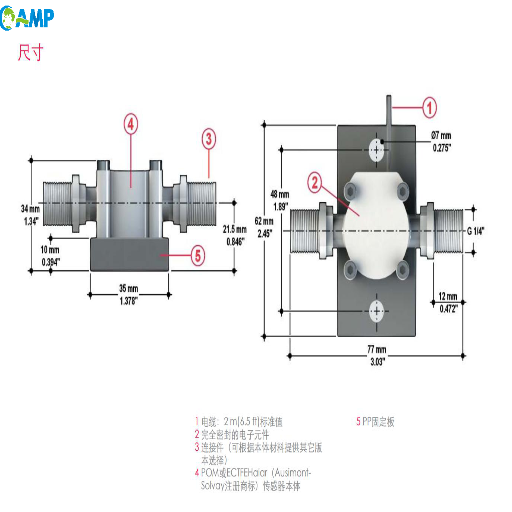
The general purpose of a transmitter is to accept information — be it audio, video or digital data — and convert it into a signal suitable for wireless transmission to a receiver. It does this by generating a radio-frequency alternating current, called the carrier wave, and injecting the information onto it through a process called modulation. The modulated signal is then amplified and broadcast through an antenna through the air towards its destination. This guide provides a comprehensive overview of the main purpose of a transmitter, its basic working principle, types, and applications. We examine how transmitters function, their role in communication systems, and the key distinctions among transmitter technologies. By the end of this guide, you should be able to appreciate what makes transmitters essentially important, at least for broadcasting and industrial applications.
Understanding the Function of a Transmitter
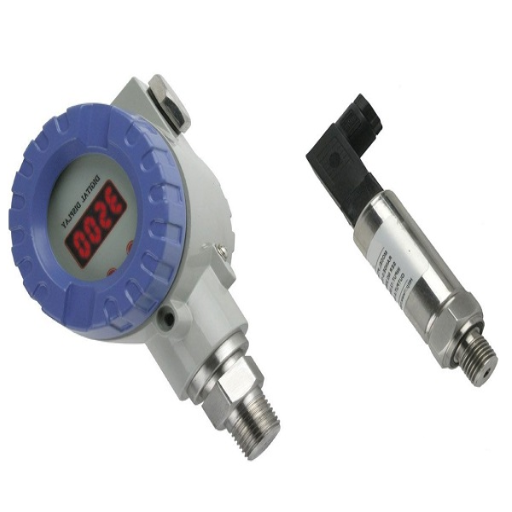
Definition and Basic Principles
A transmitter is an electronic device that produces radio waves to transmit data using an antenna. Modulation is the central principle by which the information signal (such as a voice picked up by a microphone) is superimposed on a high-frequency carrier wave to carry the information through the air. At the receiver's end, it demodulates the modulated wave by removing the carrier to get back the information.
How Transmitters Work
Inside the transmitter, the workings can be divided into a few major sections:
Signal Generation: The process starts with an information source. For example, a microphone picks up sound, a camera captures images, or a computer generates data. This constitutes the baseband signal.
Oscillator: An electronic circuit called an oscillator generates a stable, high-frequency carrier wave. The frequency of this wave determines the broadcast channel (e.g., 99.5 MHz on an FM radio dial).
Modulator: This is where the magic happens. Simply put, the modulator takes the baseband information signal and combines it with the carrier wave. The carrier wave parameter (say amplitude or frequency) is varied in proportion to the instant value of the information signal.
Amplifier: Most of the time, the modulated signals are weak and the signals cannot travel far; a power amplifier is used to increase the strength of a signal to a required level for transmission. The more powerful the amplifier, the longer the range of the transmitter.
Antenna: Next, these amplified signals are fed to an antenna. This antenna then converts the electrical signals from the transmitter into electromagnetic waves which propagate outward to be received by another antenna.
Importance in Communication Systems
Wireless communication as we know it would cease to exist without transmitters. Every wireless device-from a simple garage door opener to an intricate satellite communication setup-has a transmitter acting to send its signal. They are the engines of modulated and unmodulated broadcasting, telephony, and innumerable other connecting systems of the globe. When they send information across large distances without a physical connection, nearly every industry gets revolutionized.
Types of Transmitters in Broadcasting
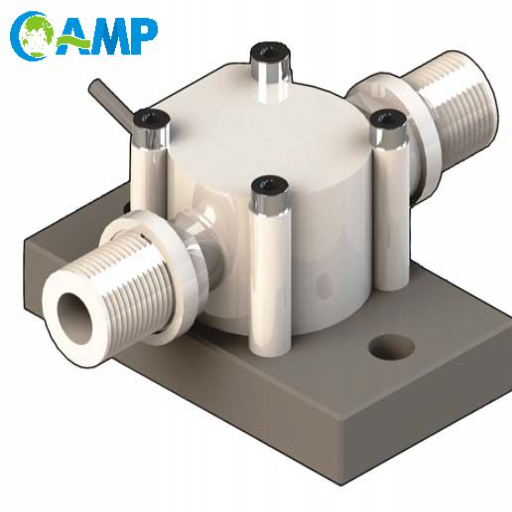
Analog vs Digital Transmitters
The fundamental difference in the modern transmitter is the distinction between analog and digital.
Analog Transmitters: They were original in their approach to transmission. They modulate continuous carrier wave with a continuous information signal. AM and FM radio transmission are the very basic examples of analog transmission. Analog signals are susceptible to noise and interference, which, when received, degrade the received audio quality or video quality.
Digital Transmitters:These transmitters convert the analog information signal into digital format (a series of 1s and 0s) and then modulate this digital data onto the carrier wave. Due to their resistance to noise, digital transmission can carry more information in the same bandwidth. Hence with digital transmission, we get better audio, clearer video, and also get the opportunity to transmit more data such as song titles or program guides.
Types of AM & FM Transmitters
These two heads commonly used types of analog radio transmitters.
AM (Amplitude Modulation) Transmitters: In AM, the amplitude (strength or intensity) of the carrier wave is altered by the instantaneous amplitude of the information signal. AM signals can travel long distances during the night as they get reflected by the Earth's ionosphere. However, the signals are more prone to static and interference from other electrical sources.
FM (Frequency Modulation) Transmitters: The frequency of the carrier wave is varied while maintaining a constant amplitude in FM. FM thus enjoys much greater fidelity than AM and also is less prone to interference; hence, it is suitable for the transmission of music. However, FM signals follow a line-of-sight path and cannot travel beyond the horizon.
Digital Audio Broadcast (DAB) Transmitters
The next generation of radio is DAB Radio. The DAB transmitters broadcast the audio digitally and thus provide several advantages over the analog AM and FM.
Superior Sound Quality: Digital signals are less prone to interference, resulting in crystal-clear, CD-quality sound.
More Stations: DAB is more spectrum-efficient, allowing more stations to be broadcast in the same frequency range.
Additional Data: DAB is also used to display text and images, enabling broadcasters to transmit artist names, song titles, news headlines, or weather updates.
Different Types of Transmitters Beyond Radio
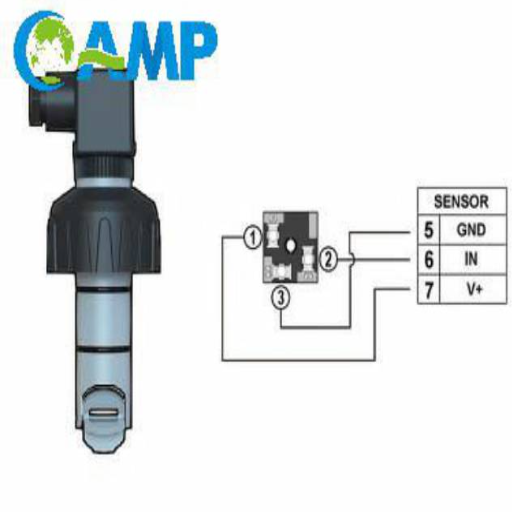
Sensor Transmitters
Process control and monitoring in an industrial setup require transmitters. A sensor transmitter would take the actual measurement, be it temperature, pressure, or flow, and convert that measurement into a standard signal that can be fed into a control system.
Function: They are interfaces between a sensor and a control system, such as a PLC or DCS.
Standard Signal: The output is usually a 4-20 mA current loop or a voltage signal. It can also be a digital protocol such as HART or FOUNDATION Fieldbus. However, a 4-20 mA current loop standard is highly preferred because it is less susceptible to electrical noise, and a broken wire can also be detected because the current will drop to 0 mA.
Instrumentation Transmitters
Instrumentation transmitters are the other large category, including sensor transmitters. These are designed to measure a physical variable to allow for monitoring or sometimes control. Common types are:
Pressure Transmitters: They measure the pressure exerted by a gas or liquid. From HVAC to oil refineries, they have the whole spectrum of implementations.
Temperature Transmitters: Converts signals from temperature sensors such as thermocouples or RTDs into a standardized output.
Flow Transmitters: Measure the flow velocity of a fluid as it flows through a pipe.
Level Transmitters: Measures the level of a substance inside a tank or vessel.
Electronic vs Pneumatic Transmitters
Since electronic transmitters have taken the lead, industrial processes were controlled by pneumatic transmitters.
Pneumatic Transmitters: These devices transmit a signal via compressed air. A sensor would vary air pressure in a line (typically from 3 to 15 psi) to represent the measured process variable. They are safe in explosive atmospheres, whereas they are less accurate and less flexible than modern electronic systems.
Electronic Transmitters: These use electrical signals for transmission (voltage or current). They provide better accuracy, faster operation, two-way digital communication, and easy integration with computerized control systems. This is now the standard in almost every new industrial installation.
Choosing the Right Transmitter for Your Application
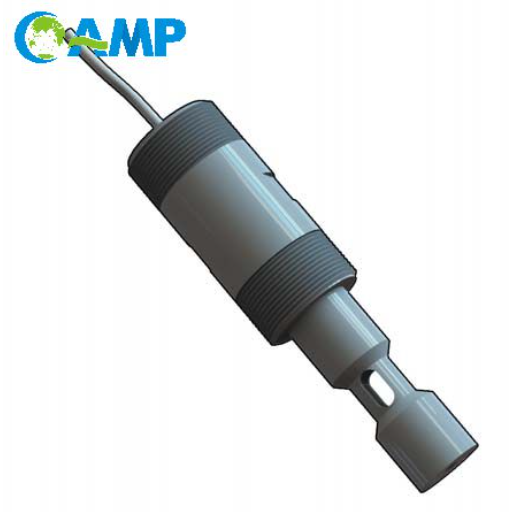
Factors To Consider
Selecting a transmitter requires several considerations to be put into account by engineering and technical staff:
Process Variable: What are you measuring-the temperature, pressure, flow, or something else? This is where sensor selection and transmitter type selection commence.
Accuracy and Range: How precise is it that you? And then it proceeds to the minimum and maximum values that you can measure.
Operating Environment: Will the transmitter be subject to extreme temperatures, corrosive chemicals, very high vibration, or explosive atmospheres? The transmitter housing and materials must withstand the given conditions.
Output Signal: Does the control require a 4-20 mA signal, a voltage signal, or a particular digital protocol?
Power Supply: What power is supplied? Some transmitters are loop-powered, but others require an external power source.
Applications Commonly Used for Transmitters
Transmissions are a fundamental part of the function of many systems in different industries:
Telecommunications: Transmitters are used in mobile phones, Wi-Fi routers, and satellite links to transmit and receive data.
Manufacturing: Sensor transmitters monitor and control automated processes to ensure product quality and operational efficiencies.
Aerospace and Defense: Radars, navigation aids (such as GPS), and military communications make use of high-end transmitters.
Automotive: Low-power transmitters are used in keyless entry fobs, tire pressure monitoring systems (TPMS), and vehicle-to-vehicle communication.
Consumer Electronics: Transmitter technology is used by remote controls, Bluetooth headphones, and even some wireless chargers.
The Future of Transmitters
The transmitter technology of today is an ocean of opportunities with its inception towards faster, efficient, and reliable wireless communication. Key trends include:
High Frequencies: The shift toward high frequencies, including millimeter waves for 5G and beyond for 6G networks, has allowed for massive data bandwidths. This means faster downloads, lower latency, and connecting billions of devices in the Internet of Things (IoT).
Higher Efficiency: Materials such as GaN (Gallium Nitride) are now potentially enabling power amplifiers that are smaller, efficient, and tend to run cooler; this is crucial for reducing the energy consumption of base stations and prolonging battery life for the mobile devices.
Software-Defined Radio (SDR): This technology interchanges classical hardware modulators or filters and such with software for transmitter flexibility. As such, a transmitter can change its frequency, its type of modulation, or even the protocol used via a simple software update.
Artificial intelligence and learning from the aspects: From the perspective of an engineer and a physicist, AI is included in transmitter systems to improve their performance. AI algorithms can, for example, change power levels on the fly, determine the best frequencies, and foresee and correct interference, all geared toward giving a stable and reliable connection.
Tags: What is the main purpose of a transmitter?


